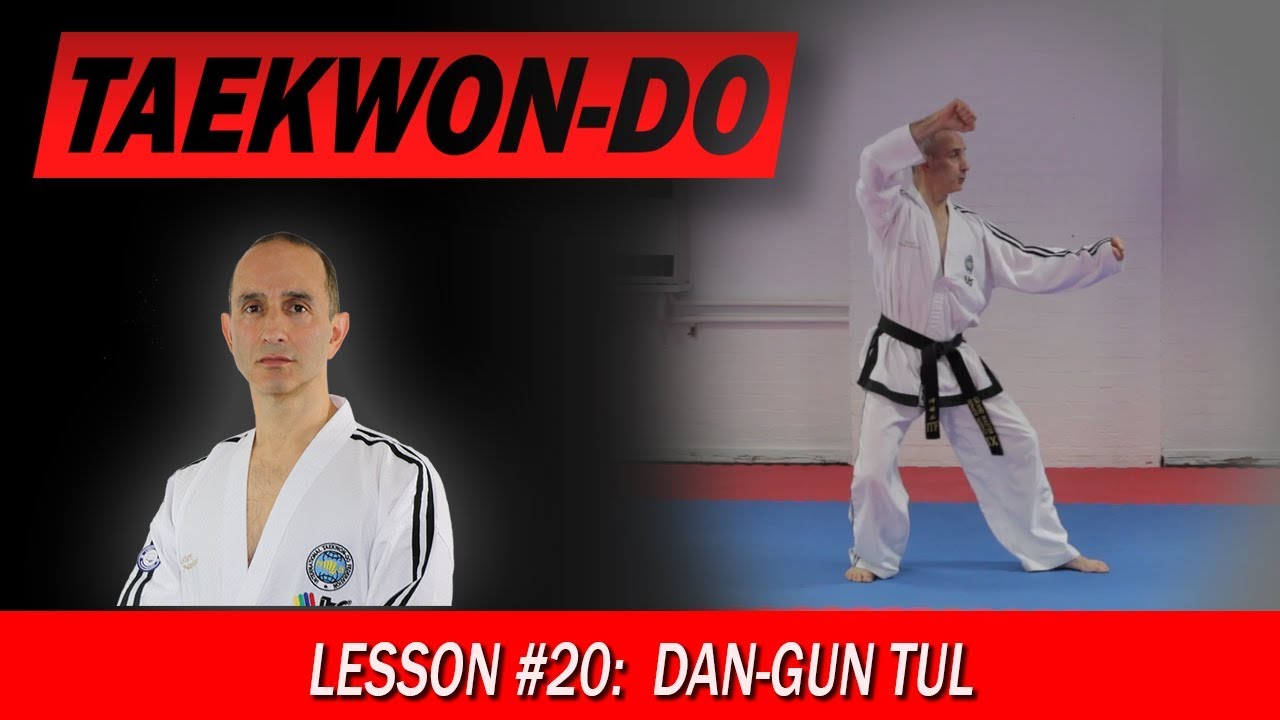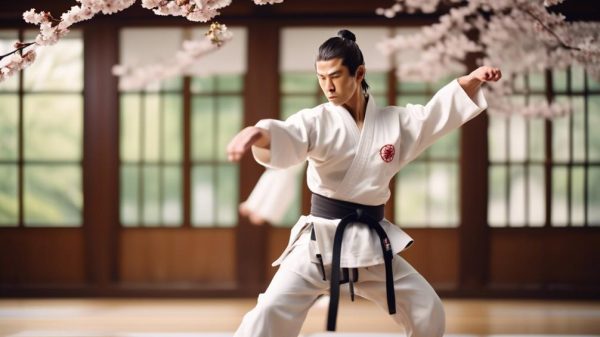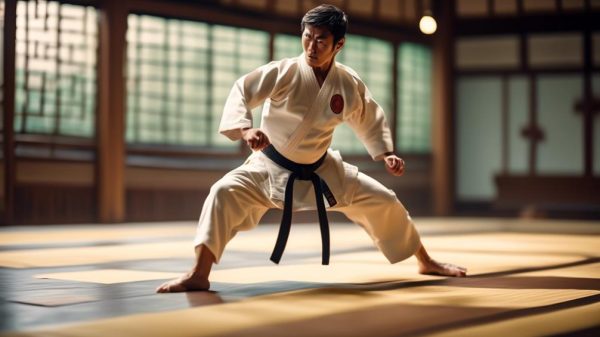The combat sport of Boxing may look simple on the surface – just throwing punches! But perfecting sweet science skills separates an amateur from a master.
Proper Boxing technique, footwork, combinations, defense tactics and fight strategies take years of drilling to engrain.
This Boxing guide covers fundamental offensive and defensive concepts that provide a solid foundation to build upon.
Core punching methods detail generating maximum speed and power centered around balance and proper weight transfer.
Agility and head movement drills develop elusive reflexes. Materials link out to expansive guides on mitts combinations, shoulder rolls, conditioning exercises and more.
Whether you aspire to step into the ring competitively one day or just want to boost hand skills for fitness, self defense or fun, study and rehearse these essential Boxing principles.
Reflect on footage of all-time greats displaying mastery. Keep an open and creative spirit – then sculpt your own unique fighting style over time!
Key Takeaways
- Proper stance, footwork and balance transfer power from lower body through core and shoulders
- Rotate torso and hips, shifting weight between centered front and back foot each punch
- Lead with jabs to gauge distance and set up forceful crosses, hooks and uppercuts
- Bob and slip incoming shots using head movement, footwork, parries and blocks
- Work combinations mixing up targets to head and body with precision setup punches
- Use feints and fakes to manipulate opponent’s reactions and create openings
- Develop conditioned legs, core and shoulder endurance to maintain movement
- Stick to strategies and plans but stay loose and adaptable round to round
- Review footage of boxing greats to understand and emulate master techniques
- Repetition ingrains reflexive form; train skills daily until movements feel natural
Dan-Gun Taekwondo Form Overview
Dan-Gun is a fundamental yellow belt form in the Taekwondo America curriculum. It introduces students to essential techniques such as stances, footwork, punches, blocks, and strikes.
This form is deeply rooted in the principles of ITF Taekwondo and serves as a crucial building block for developing a strong foundation in martial arts.
Skilled instructors will guide you through each movement, helping you refine your precision and control.
The focus on various stances not only enhances physical strength and flexibility but also fosters mental discipline and concentration.
As you progress through the form, you’ll come to appreciate the seamless combination of power and grace that defines Taekwondo.
The dynamic footwork and swift strikes embody the very essence of this martial art, enabling you to utilize your body’s capabilities with finesse.
Taekwondo America provides video demonstrations, reference materials, and online tutorials that serve as invaluable resources to support your practice and understanding of Dan-Gun.
Mastering this form isn’t just an accomplishment; it’s a testament to your dedication and perseverance, paving the way for advancement to higher belt levels.
History of Dan-Gun Form
The Dan-Gun form is an important element of Taekwondo America’s curriculum. It holds a significant place in the discipline of martial arts as it’s named after the legendary founder of Korea in 2333 BC.
Its historical significance and cultural importance make it a fundamental aspect of Taekwondo training.
By exploring the history of the Dan-Gun form, you’ll develop a deep appreciation for its rich heritage.
This form embodies the spirit and legacy of Korea’s legendary founder, instilling in practitioners a sense of honor and respect for the roots of Taekwondo.
Understanding the history behind the Dan-Gun form will inspire dedication and perseverance, as individuals become custodians of this ancient tradition.
The timeless essence of the Dan-Gun form fosters a profound connection to the origins of Taekwondo, instilling pride and reverence. Embrace the history of the Dan-Gun form as a source of motivation and strength on your martial arts journey.
Basic Techniques of Dan-Gun
To become proficient in the basic techniques of Dan-Gun, focus on developing strong stances, precise strikes, and effective blocks. These fundamental elements are essential for advancing in your Taekwondo training.
Begin by perfecting your stances, including the front stance, back stance, and horse stance. These stances provide a solid foundation for powerful and well-balanced movements throughout the form.
Next, concentrate on delivering accurate strikes, ensuring that each punch and kick is executed with precision and control. Proper technique not only maximizes the impact of your strikes but also minimizes the risk of injury.
Additionally, prioritize effective blocks to defend against attacks. Emphasize quick and efficient movements to intercept and neutralize incoming strikes.
By mastering these basic techniques, you’ll establish a solid base for advanced training and skill development in Taekwondo. Consistent practice, attention to detail, and guidance from experienced instructors will further refine your abilities and set you on the path to mastery.
Stances in Dan-Gun Form
Mastering the neutral stance and front stance is essential in the practice of Dan-Gun form. These stances allow you to execute techniques with precision and balance, resulting in powerful movements.
Understanding weight distribution techniques is crucial for maintaining stability and agility throughout the form. By emphasizing the subtleties of each stance, you can elevate your performance and execute techniques effectively in Dan-Gun.
Neutral and Front Stance
When practicing the Dan-Gun form of Taekwondo, it’s essential to master the neutral and front stances. These stances are crucial for developing stability, strength, and agility in executing a variety of kicks, strikes, and blocks. They serve as the foundation for powerful and precise techniques.
To truly excel in Taekwondo America’s Dan-Gun form, it’s important to understand the intricacies of the neutral and front stances. They aren’t just positions for your feet; they’re the fundamental building blocks of your martial arts skills.
Embrace the challenge of perfecting these stances, and you’ll gain a new level of control over your movements. Feel the strength and balance flowing through your body as you hold each stance with unwavering determination. Embody the spirit of Taekwondo as you seamlessly transition from the walking stance to the front stance.
Weight Distribution Techniques
Mastering weight distribution techniques is crucial in performing the Dan-Gun form of Taekwondo with precision and power.
In Taekwondo America, understanding the correct weight distribution for each stance is essential. For example, in the front stance, 70% of the weight should be on the front leg, while 30% should be on the back leg. On the other hand, the back stance requires 70% of the weight on the back leg and 30% on the front leg.
Ready stance A evenly distributes the weight on both legs to facilitate quick movements.
Proper weight distribution not only ensures balance but also generates the power necessary for effective technique execution.
Therefore, mastering the skill of shifting weight correctly between stances is essential for practitioners seeking mastery in Dan-Gun and Taekwondo as a whole.
Hand Techniques in Dan-Gun
Now, let’s discuss the fundamental hand techniques in Dan-Gun.
We’ll cover punching techniques, blocking techniques, and striking techniques.
Each of these techniques plays a vital role in the overall effectiveness of the form and requires precise execution for maximum impact.
Punching Techniques
Proper execution and form are crucial when mastering the punching techniques of Dan-Gun. The focus is on precision and power in each movement.
When practicing the left high punch and right high punch, it’s important to perfect your stance to generate maximum force. Engage your core muscles to ensure a strong foundation for your punches.
Visualize your target and concentrate on extending your arm to deliver impactful strikes. Incorporate quick footwork to create opportunities for effective punching combinations.
Remember, dedication and perseverance are key to mastering these techniques. Seek guidance from experienced instructors and use video demonstrations and online tutorials to improve your skills.
Embrace the challenge of perfecting each punch, as it’s essential for achieving mastery in Dan-Gun.
Blocking Techniques
Mastering the punching techniques of Dan-Gun sets the stage for seamlessly integrating effective hand blocking techniques into your practice. In this Taekwondo form, emphasis is placed on the left side, allowing you to focus on refining your left-hand blocking techniques.
The form incorporates important blocks such as the double knifehand block, low block, high block, and square block. It’s crucial to practice these blocks diligently, ensuring correct form and execution. You can seek out video demonstrations to gain a deeper understanding of the proper techniques for hand blocking in Dan-Gun.
Additionally, don’t hesitate to approach experienced instructors for guidance and feedback on the precise execution of hand blocking techniques. By honing these essential skills, you’ll further enhance your mastery of Taekwondo forms.
Striking Techniques
Improve your practice of Taekwondo by mastering the striking techniques, which include punches, blocks, and strikes, in the Dan-Gun form. When you learn hand techniques in Dan-Gun, it’s important to focus on precise and powerful punches to maximize impact.
Additionally, mastering the art of blocking with speed and accuracy is crucial for effective defense. Moreover, emphasize proper execution of strikes to target vulnerable areas, and incorporate knee strikes and combinations for versatile offensive tactics.
Taekwondo America’s Dan-Gun form is designed to teach various stances, footwork, and hand techniques that are effective for striking. By practicing and perfecting these striking techniques, you’ll enhance your overall Taekwondo skills and proficiency in the Dan-Gun form.
To aid you in your journey towards mastery, utilize video demonstrations and online tutorials.
Video Demonstration of Dan-Gun
The video demonstration of Dan-Gun offers a visual guide to learning the essential techniques and movements of the yellow belt form in the Taekwondo America curriculum. Instructors in the video carefully teach the specific techniques, stances, and movements of Dan-Gun, providing valuable insight for practitioners.
This resource allows viewers to gain a deeper understanding of the form’s key movements, including various stances, strikes, and combinations. The video is a valuable tool for beginners looking to learn Taekwondo techniques through Dan-Gun.
By watching the video, you can enhance your learning experience and better grasp the intricacies of this fundamental form. Follow along with the demonstrations to absorb the nuances and finer points of each movement. The visual guidance in the video helps you gain a comprehensive understanding of the form and refine your techniques.
Take advantage of this opportunity to learn from experienced instructors and improve your skills in Taekwondo.
Movements in Dan-Gun Form
To fully grasp the intricate movements of the Dan-Gun form, it’s important to carefully observe and practice the various stances, footwork, punches, blocks, and strikes that it encompasses. These movements are specifically designed to cultivate discipline, precision, and strength.
When performing the stances and footwork, it’s crucial to focus on maintaining balance and posture in order to exude confidence and power. The execution of punches and blocks should demonstrate determination and control, showcasing your mastery of technique.
It’s essential to strive for delivering strikes with speed and accuracy, highlighting your dedication to honing your skills. Additionally, it’s important to emphasize the fluidity and grace of your movements in order to convey the artistry of Taekwondo and your unwavering commitment to its practice.
Key Movements in Dan-Gun Form:
- Pay close attention to precision and control when executing kicks and knee strikes.
- Embody discipline and determination when performing punches and blocks.
- Showcase strength and balance through the mastery of stances and footwork.
- Strive for speed, accuracy, and fluidity in delivering strikes.
Other Taekwondo Forms
As you explore the world of Taekwondo, you’ll encounter a variety of Taekwondo forms, such as Ki-Bon and Do-San, which offer a progressive challenge in complexity and technique. These forms serve as stepping stones for students to progress in their skills as they advance in their Taekwondo journey.
Ki-Bon and Do-San provide a structured approach to mastering the art, building upon the techniques learned in previous forms. Mastering different forms is essential for developing a comprehensive understanding of Taekwondo techniques, allowing students to explore various movements, stances, and strikes.
Practicing different forms also allows students to express their creativity and individual style in their training. This adds depth to their practice and fosters a deeper connection to the art. Fortunately, there are accessible video demonstrations and online tutorials available to aid in learning these forms.
Embracing the challenge of mastering various Taekwondo forms will undoubtedly contribute to your growth and proficiency in Taekwondo.
Sharing and Feedback
Incorporate regular sessions for sharing and receiving feedback to improve your technique and understanding. This will create a supportive environment that fosters growth and development.
Constructive criticism is a valuable tool for refining your skills in Taekwondo America’s Dan-Gun form. Embrace feedback as a way to progress and perfect your movements.
During sharing and feedback sessions, positive reinforcement can boost your confidence and motivation, inspiring you to push your limits and achieve mastery.
Utilize video demonstrations to enhance your visual learning experience and to analyze and improve your techniques.
Effective feedback sessions require respectful and supportive communication, creating a safe space for all practitioners to learn and grow together.
- Embrace constructive criticism to improve your techniques.
- Seek positive reinforcement to boost confidence and motivation.
- Utilize video demonstrations for valuable visual learning.
- Foster a respectful and supportive environment for effective feedback sessions.
Frequently Asked Questions
What Does Dan Gun Mean in Taekwondo?
Dan Gun holds great significance in the practice of Taekwondo as it symbolizes the birth of Korea’s legendary founder. This form is essential for martial artists to develop foundational skills and cultivate discipline. Mastering the techniques of Taekwondo requires a deep understanding of the meaning behind Dan Gun.
How Do You Memorize Taekwondo Forms?
To memorize Taekwondo forms, utilize mental rehearsal and visualization techniques to perfect your movements. Practice repeatedly under the guidance of instructors to develop muscle memory. Embrace the challenge, focus on technique, and strive for mastery.
What Is Taekwondo Form Called?
In Taekwondo, the sequences of movements are called ‘poomsae’ or ‘hyung.’ These forms are essential for developing technique, balance, and focus. Taekwondo has deep roots in Korean martial arts and shares some similarities with Karate in certain techniques and principles.
How Many Taekwondo Patterns Are There?
There are 24 patterns in Taekwondo, each with historical significance in Korea. Practicing these forms helps improve muscle memory, balance, and coordination. The variations in Taekwondo forms allow for progression and mastery at different levels.









